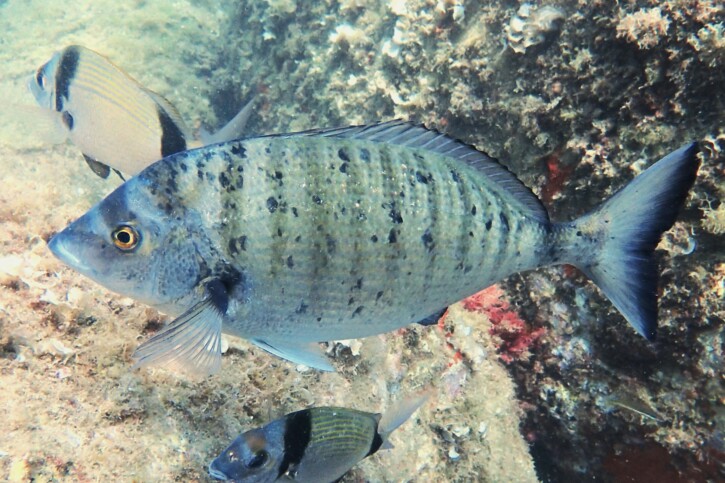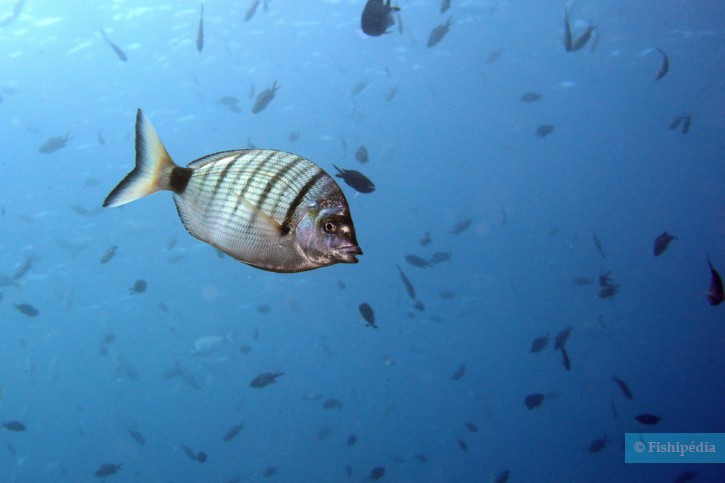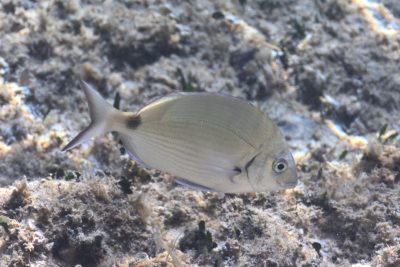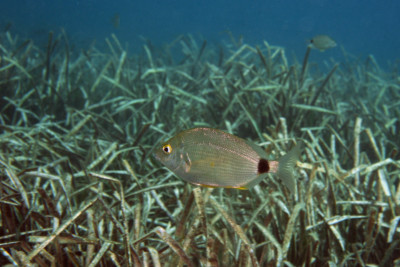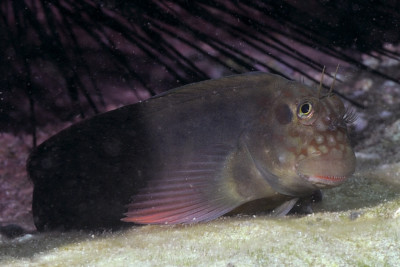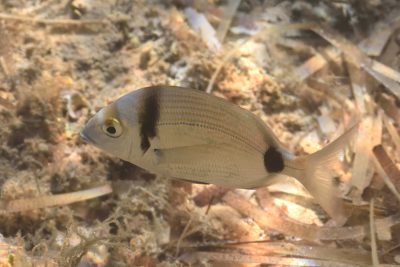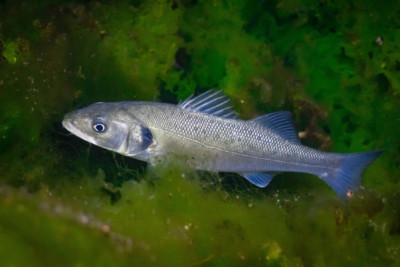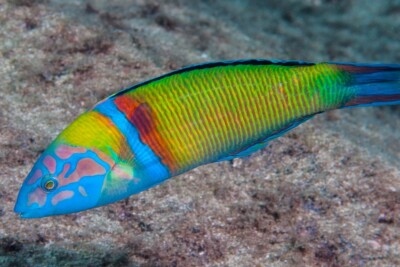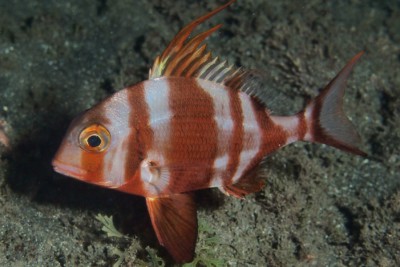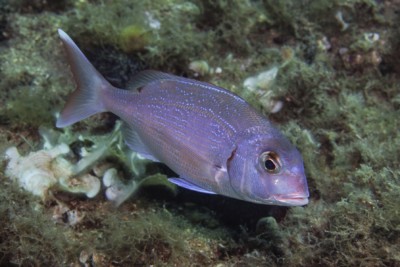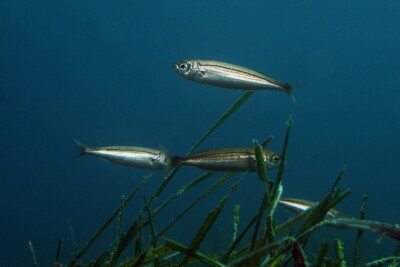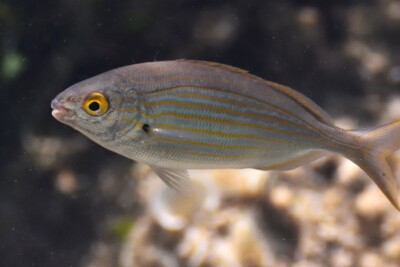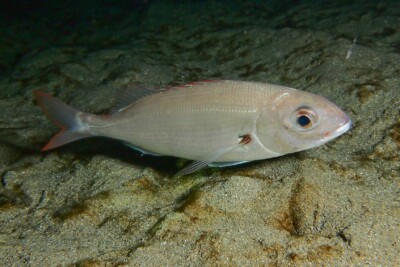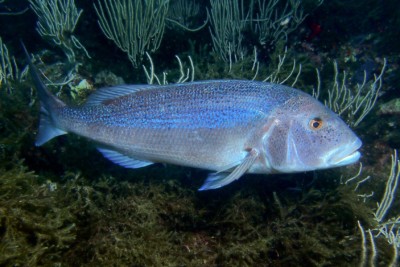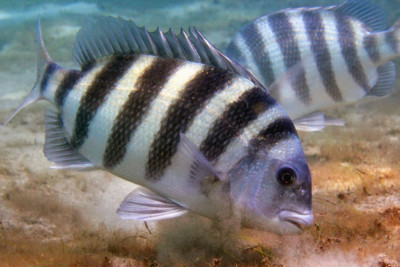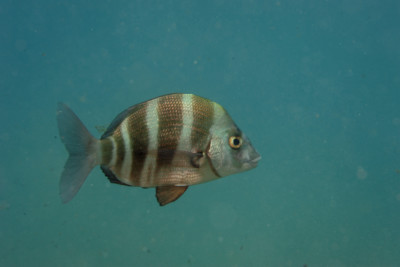sharpsnout seabream
| Scientific name | Diplodus puntazzo |
|---|---|
| Descriptor | Walbaum |
| Year of description | 1792 |
| IUCN category (World) | LC |
| Family | Sparidae |
| Genus | Diplodus |
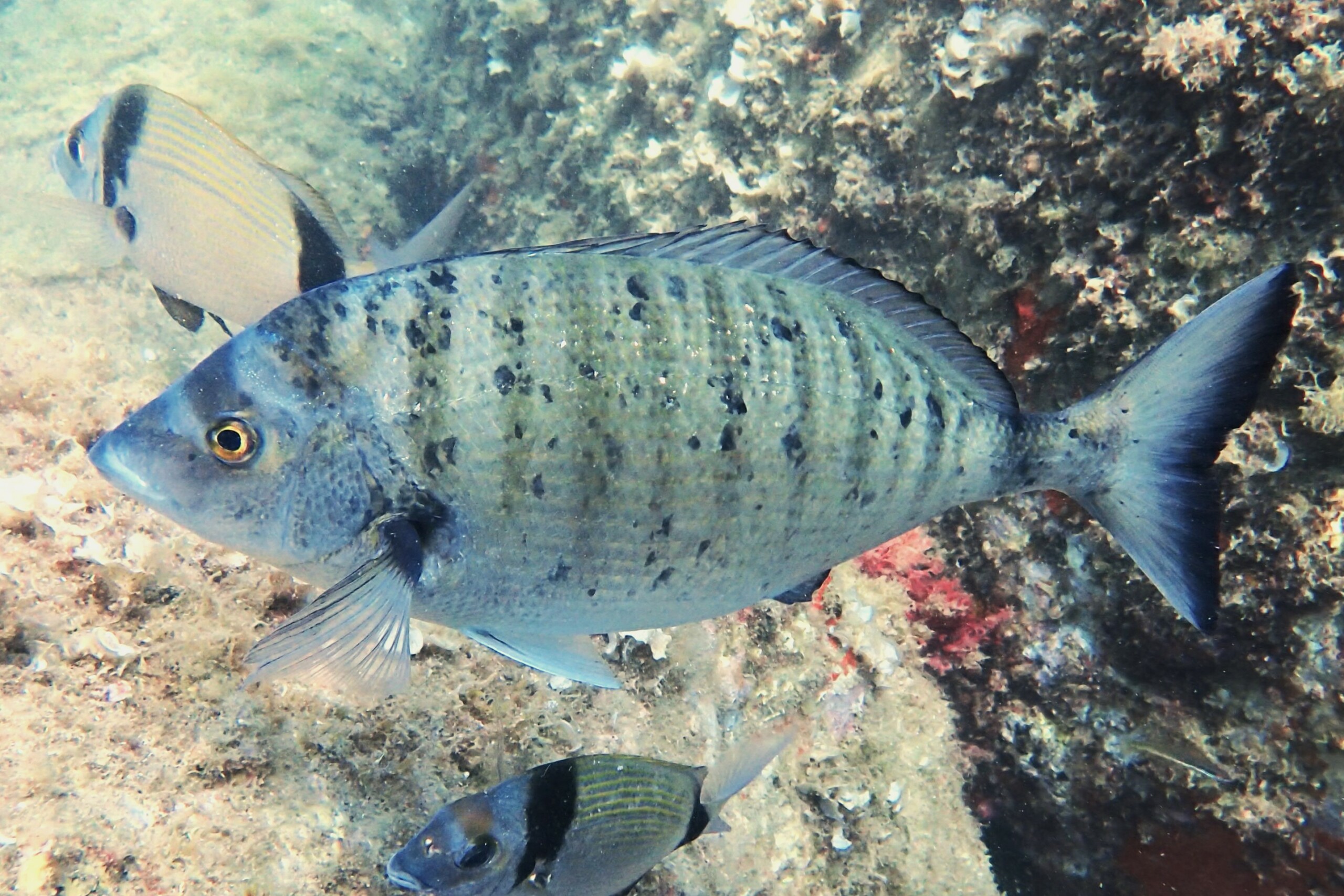

Introduction
The sharpsnout seabream is a common marine fish found in the Mediterranean Sea. It is also found from the Strait of Gibraltar to the tip of South Africa.
It is caught using various techniques such as gillnets, trawls, longlines, and traps. In many areas, it is also popular among recreational anglers. It has become rare in several countries including France, but remains common in other areas such as southern Italy.
This fish has been protected by the European Union since 2006. It is prohibited to capture individuals under 18 centimeters, regardless of the fishing technique. According to scientific studies, sexual maturity is reached at 21 centimeters.
Therefore, this species should not be caught before reaching this size.
Who is it?
Morphology
-
Type
-
Average size30 cm
-
Maximum size60 cm
-
ShapeOvoid
-
Patternvertical stripes
-
Type
-
Average size30 cm
-
Maximum size60 cm
-
ShapeOvoid
-
Patternvertical stripes
How to recognize This fish ?
Most observed individuals measure between 20 and 30 centimeters, but large specimens can reach 60 centimeters. Their observation is becoming increasingly rare due to fishing pressure.
The sharpsnout seabream resembles the common seabream, but it has thin lips and its stripes do not have a uniform color. It has between 6 and 7 dark stripes and between 5 and 7 light stripes. The body is silver-gray. A wide fading band is present on the caudal peduncle. The tail is edged with a black margin.
Like the common seabream, the other fins are grayish. The body is oval and compressed, and the fins have sharp spines. There are 11 on the dorsal fin and 3 on the anal fin.
Sexual dimorphism
Male and female are not easily distinguishable. However, the largest individuals are generally females.
Behaviour & Life cycle
-
dietcarnivorous
-
Sociabilityliving in a group or alone
-
territorialNo
-
Way of livingdiurnal
Like other seabreams, this species tends to be gregarious. It sometimes lives in association with other seabreams and gilt-head breams. Juveniles live near seagrass beds and sometimes move up estuaries.
Adults frequent the surf zone, where the large waves break before the first rocks. They lie in wait near rocky barriers where they hunt mollusks and crustaceans. Like other seabreams, they are omnivores and supplement this diet with various types of vegetation.
Reproduction
-
Hermaphroditeprotandric
The majority of individuals are hermaphrodites, but not all individuals change sex. Reproduction takes place from July to September. The larvae are first pelagic and then return to populate the coastlines.
Individuals mature after 3 years, with a size exceeding 21 centimeters. Studies have shown that fishing recommendations for this species should be revised to no longer catch juveniles and allow all individuals to reproduce.
Harmless species
This species does not pose a particular danger to humans when encountered in its natural environment.
Origin and distribution
Geographic distribution & Conservation
Highly prized for its flesh, this fish has been protected by the European Union since 2006, any capture of individuals under 18 centimeters is prohibited, regardless of fishing method.
Conservation status of populations (IUCN)
What is its habitat?
Natural environment characteristics
-
Depth0 - 150 m
-
EnvironmentActive pelagic
-
FlowStrong
Biotope presentation
The sharpsnout seabream is found up to 150 meters deep. However, it is more common in the first 50 meters and can be observed from the surface. This species lives near rocky areas and above seagrass beds.
In reserve zones, it is not shy and can be easily approached.
Species of the same biotope
To go further
Sources & Contributions
Participation & Validation
The Fishipedia team and specialist contributors are committed to providing high-quality content. However, although the information comes from scientific sources or testimonials from specialists, the cards may contain inaccuracies.

Adrien Falzon

Benoit Chartrer

Julie Magnus
Translation
Translation done with the valuable contribution of our translators, who make this information available to a wider audience. We sincerely thank them for their commitment.
Bibliographic references
Reproductive biology of four Diplodusspecies Diplodus vulgaris, D. annularis,D. sargus sargus and D. puntazzo (Sparidae)in the Gulf of Tunis (central Mediterranean) - N. Mouine - P. Francour - M.H. Ktari - N. Chakroun-Marzouk - Marine Biological Association of the United Kingdom - 2012.
SPARIDAE - K.E. Carpenter - FAO Fisheries Synopsis - 0.
Scientific partners
Tags
Species of the same family
Same genus
Species of the same biotope
